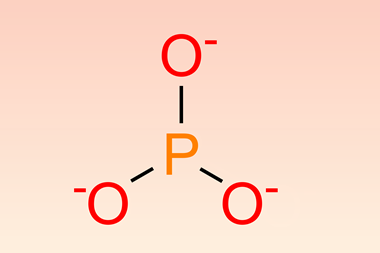The Royal Society of Chemistry (RSC) had hoped to make all its journals open access (OA) by 2028, but has now decided against a one-size-fits-all approach. Instead, it will tailor models by region based on local needs, funding and infrastructure.
In the traditional scientific publishing model, publishers charge subscription fees for access to academic journals. However, OA journals usually charge a one-off article processing charge (APC) and no subscription fee. The RSC had hoped to negotiate agreements where institutions would pay a flat rate for their researchers to publish in its 58 journals without paying individual APCs. These agreements could vary by region to allow richer countries to pay more.
However, it will now adapt its plans to account for an increasingly complex and uncertain publishing landscape. While some regions are steaming ahead with full OA, others are choosing their own path and some are not ready for full OA, says Sara Bosshart, RSC’s head of open access. Other complicating factors include the rapid growth of AI tools affecting licensing, attribution and governance of openly accessible research, as well as flat or declining library budgets. As these pressures mount, institutions are increasingly hesitant to commit to long-term OA models.
Lynn Kamerlin, a computational biophysicist at Georgia Tech and Lund University, says that the RSC’s policy change requires ‘substantively more effort’ than having a one-size-fits-all all. ‘From a journal/publisher perspective, the easiest way to flip to OA is to implement a per-article APC,’ she notes. ‘Then there are rebates, ways to treat authors from lower-income countries etc, but administratively it’s the easy way out, and for a long time it’s the path that many publishers took. [But] there are huge problems with a per-article APC-based model. From a cost/equity perspective, per-article APCs blow up the cost of the system for authors or institutions who publish a lot, and it shifts cost to heavily publishing institutions but also prices out smaller institutions, turning them from producers into consumers of research.’
Tailored agreements require research and negotiation, so are much more labour-intensive, she continues. ‘These alternative models – having different models for different regions – will take costs away from authors. But they will also be challenging to implement and are likely to be also imperfect. But they represent big steps in a better direction.’
‘The RSC can be commended for being frank about the complexities and undertaking a global survey to try and understand what models will work best for researchers in different countries,’ says Claudia Pagliari, a medical informatics specialist at the University of Edinburgh. ‘It remains to be seen whether RSC will pull this off with its adaptive “regional” model, which seems to add further complexity to the mix,’ Pagliari says. ‘While well-meaning, this isn’t immune to potential challenges, such as issues around perceived equivalency and stigma, while it may also swell administrative costs. [But] on the positive side, it provides breathing space for authors whose institutions can’t afford giant APCs or are rationing them to only the highest earning staff members.’
The elephant in the room is the complex web of business models and revenue channels that may be made even more complicated by these changes, she adds. ‘If we are to truly achieve equitable and affordable science dissemination we will need better data, better predictive analytics and more adaptive models built on real-time evidence. Real-time evaluation and transparency will be essential.’
Different approaches for different regions
The RSC has now set out its different regional approaches. In Europe, for example, there is widespread support for OA, but there are concerns over how costs are distributed and what they cover. APC-based models risk concentrating the financial burden on a few research-intensive institutions, giving non-publishing institutions an opportunity to benefit from OA without participating financially. In response, the RSC developed its Platinum Consortia model in Germany in 2023 and has been working with other consortia in Europe to develop similar approaches. This kind of deal means researchers at member institutions can publish their articles in all hybrid and fully open access journals under creative commons licenses (which give permission for others to use copyrighted work free of charge).
In North America, where the RSC found an ‘incredibly uneven’ picture, it hopes to ‘co-develop options that support a future for OA’. Libraries and institutions are moving away from traditional APC-based models towards models like Subscribe to Open (S2O), which allow publishers to convert journals from subscriptions to OA, one year at a time. In the US, further complications arise as universities face significant financial uncertainty under the Trump administration.
In China, where it has over 50 OA agreements, the RSC says views on OA are ‘nuanced and evolving’. Its goal is ‘to align with local priorities’ by offering a mix of open and traditional publishing models.












No comments yet